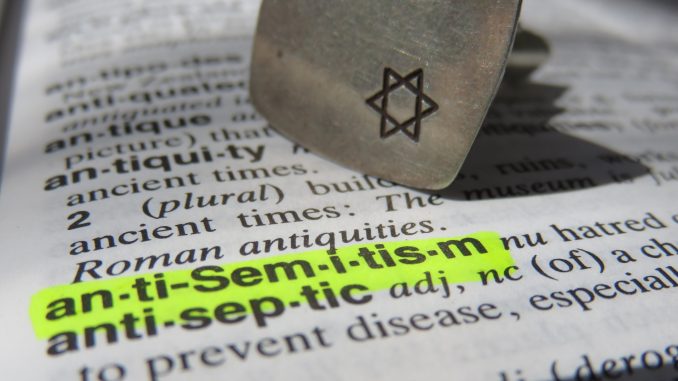
When a place known for championing intellectual freedom and open expression begins implementing measures that curb political speech, and when a long-established concept is redefined in ways that suppress specific voices, the issue extends beyond campus boundaries.
What began as a concern over free speech and campus safety has grown into a national conversation — one that raises urgent questions about academic freedom and the state of democratic engagement in Australian universities.

“These actions are all aimed at preventing students from doing what we’ve always done—standing up for justice, ” Said Brenda Tate, a student activist from the University of New South Wales.
“It won’t be until the next event occurs, whenever that will be, that these policies are truly tested, ” said Murray Print, Professor of Political Education at the University of Sydney.
The new definition of antisemitism: what is it, and why is it happening
The long-established concept that has been recently redefined is one of the oldest forms of hatred: antisemitism.
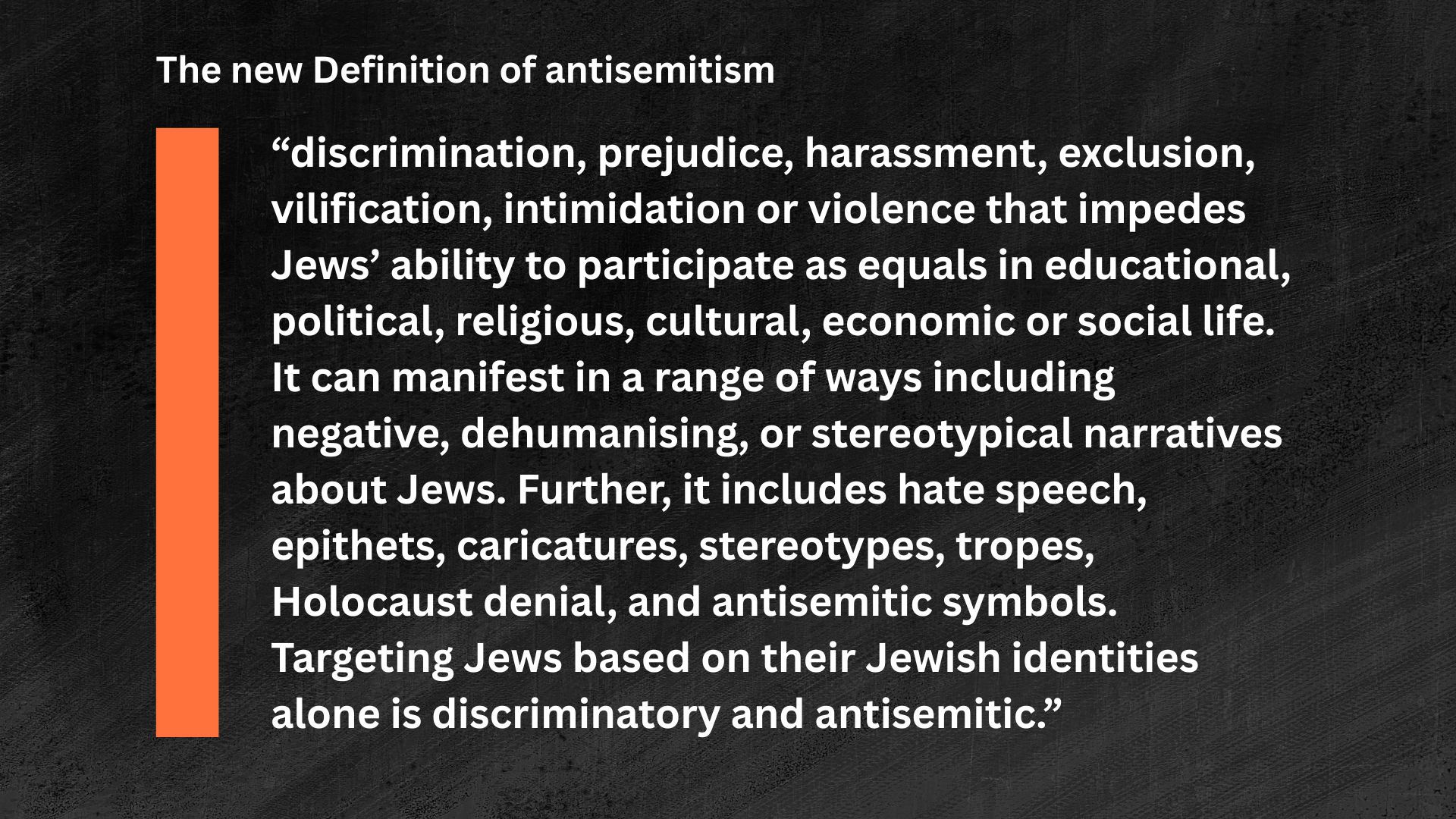
On 26 February 2025, the Group of Eight (Go8) universities adopted a new working definition of antisemitism based on the International Holocaust Remembrance Alliance (IHRA) framework.
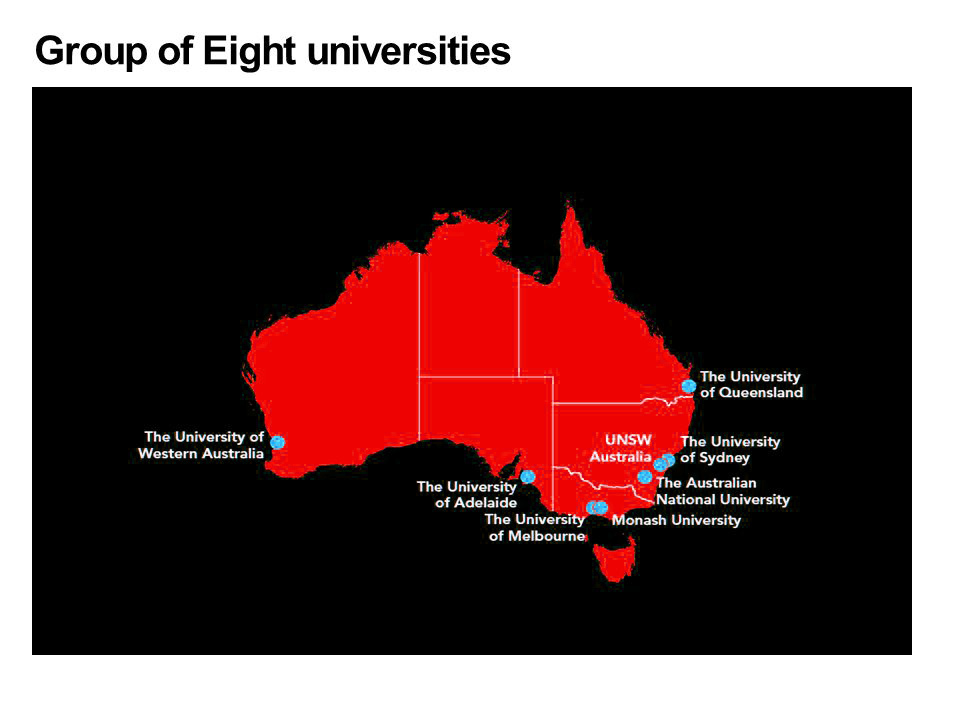
In fact, “long-established” hardly does it justice. Antisemitism—prejudice against or hatred of Jewish people—is often referred to as “the longest hatred”. Spanning more than two thousand years, it has shifted forms with the times: from ancient religious prejudice, to nationalist and racial ideologies, to modern conspiracy theories. Antisemitism has been continuously evolving.
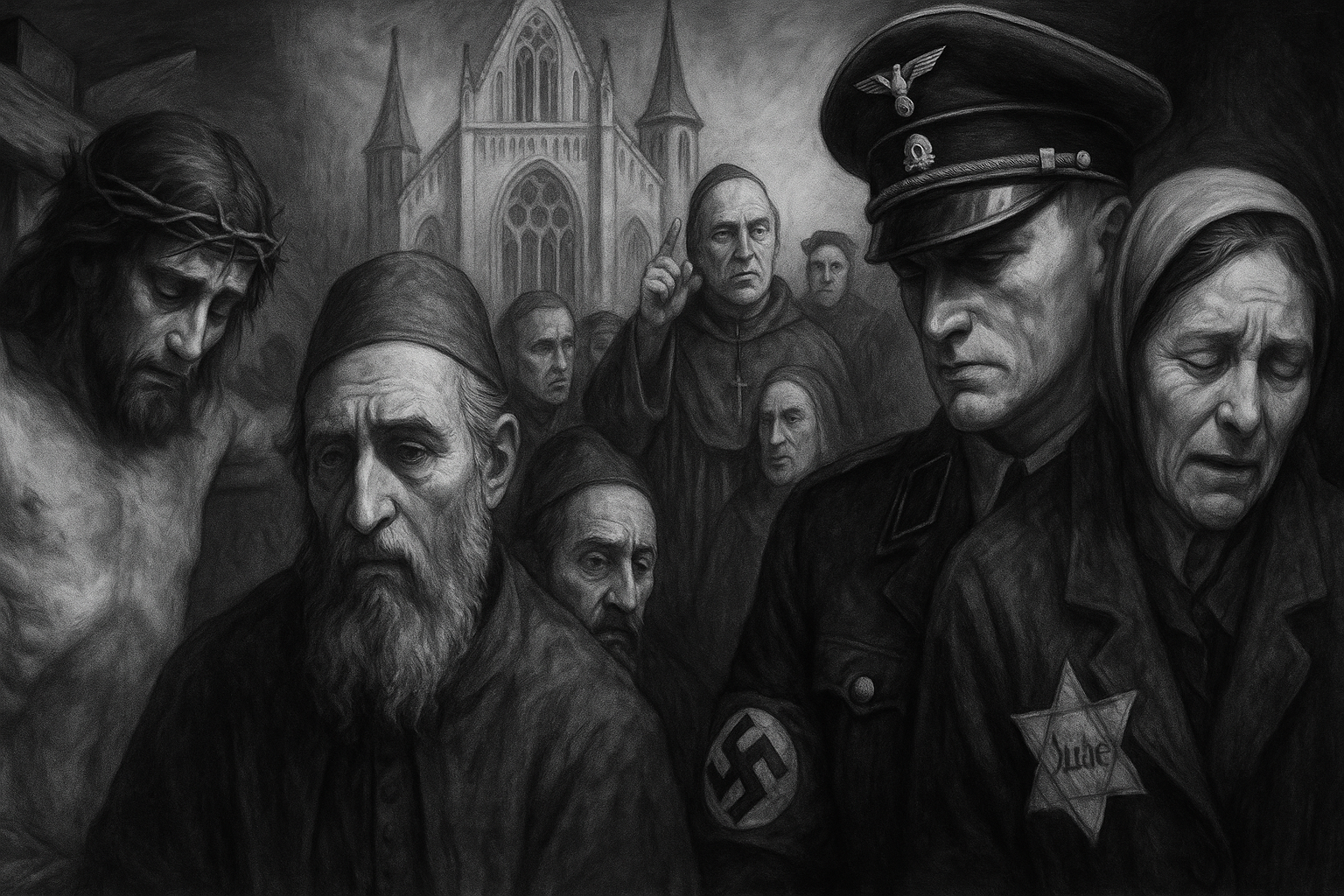
During the COVID-19 pandemic, antisemitism surged once again. Jews were blamed for creating, spreading, and profiting from the virus. In Australia, the Executive Council of Australian Jewry reported that while overall antisemitic incidents dropped by 10% in 2020, serious incidents increased—including a doubling of physical assaults and a 229% spike in postal threats. Antisemitism is persistent in every fear of the era. In moments of crisis, antisemitism doesn’t disappear—it mutates and reasserts itself, exploiting the anxieties of the time.
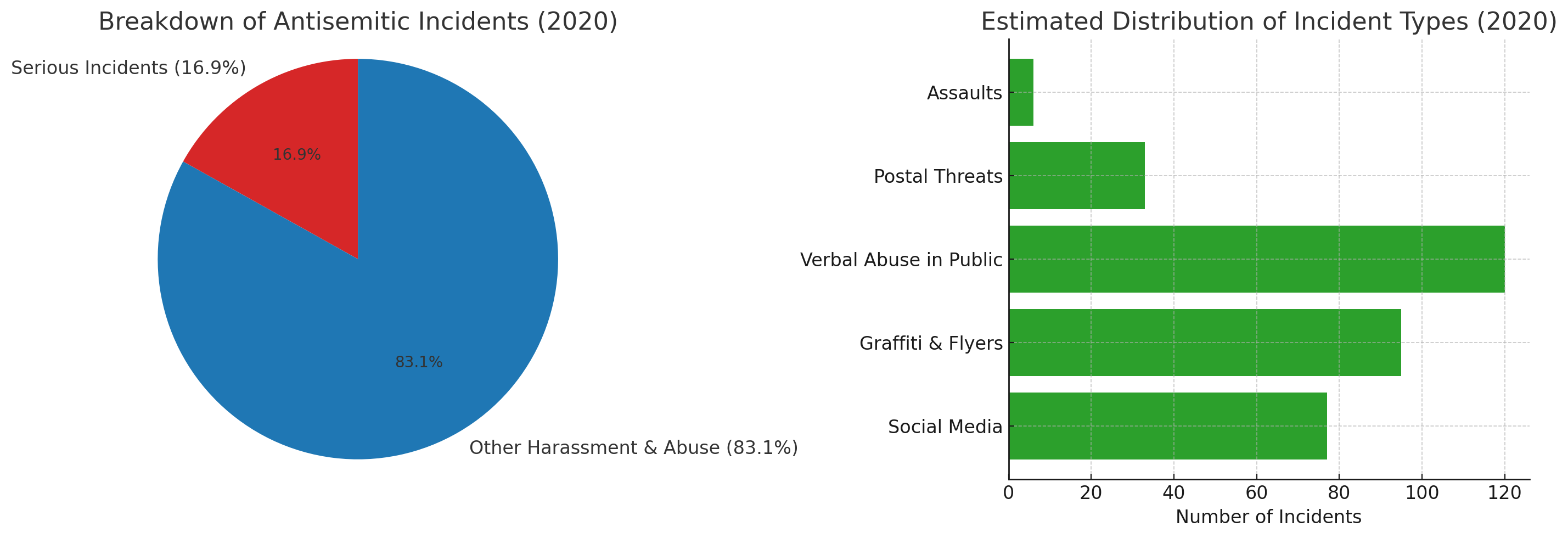
While these concerns help explain why a clearer definition of antisemitism might be needed to protect vulnerable communities, one question still lingers: why now? It’s 2025—the pandemic has passed, and public life has mostly returned to normal. So why are universities acting at this moment? What has changed that makes this redefinition feel so urgent?
A National Escalation in Protest Control: Student Activists Speak
To 27-year-old student activist Tobias Hansson, the adoption of a new definition of antisemitism is neither an isolated response to historical prejudice nor a direct consequence of the COVID-era resurgence. Instead, he sees it as part of a broader pattern—an escalation in the ongoing efforts to regulate student protest across all Group of Eight universities.
“All the Go8 universities have adopted that definition. This isn’t just a local issue—it’s part of a coordinated, large-scale effort across the country,” said Hansson, his tone measured but marked by concern.
Interview with Tobias Hasson.
Now studying at the University of Sydney, a member of the Group of Eight, Hansson sees the institution as part of a broader trend of suppressing student activism over the past year. He pointed to what he sees as part of the lead-up to the new definition of antisemitism: the university’s Campus Access Policy (CAP).
On 27 June 2024, the University of Sydney introduced the Campus Access Policy, a set of new rules that tightened control over student demonstrations on campus.
Under the policy, organisers were required to provide at least three days’ notice before holding a protest. Any use of megaphones, the setting up of stalls, or the display of posters now needed explicit approval from the university.
For many students, these changes signalled more than just procedural shifts—they represented an attempt to suppress spontaneous political expression. The student activist group Students Against War (SAW) was among the first to denounce the policy, describing it as “a blatant attack on free speech and the right to protest.”
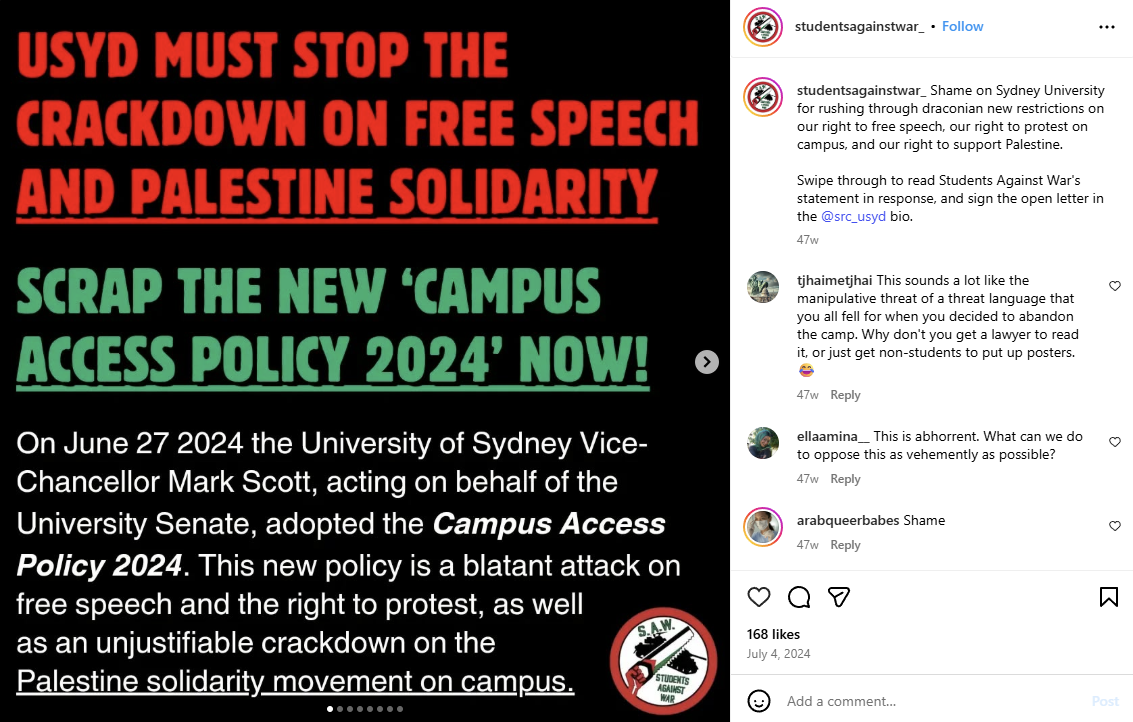
For USU board candidate Archie Wolifson, the Campus Access Policy is a clear barrier to student political expression.
“Students shape the future, and they should have the space to challenge power,” he said.
He cited the case of Luna, an international student who faced possible deportation under Campus Access Policy after writing “Free Palestine” on a whiteboard.
Interview with Archie Wolifson, who is a candidate of the 2025 USU Election.
The CAP is not an exception. Student activist Brenda Tate, from the University of New South Wales, also pointed to a broader trend of escalating restrictions on student protest.
Interview with UNSW student activist Brenda Tate.
The adoption of the new definition of antisemitism, in both Hansson and Tate’s view, marks a deeper shift in protest control across Australian universities. Civil rights groups argue that the definition has been used to silence criticism of Israel and restrict campus activism, while academic voices warn it threatens free expression and democratic debate—particularly around the Palestinian cause.
In the eyes of student activists, the new definition of antisemitism is seen not as a neutral safeguard but as a strategic move against them—a coordinated effort by the Group of Eight universities to escalate the crackdown on student protest nationwide.
Balancing Free Expression and Campus Safety: A Professor’s Perspective
In comparison, professors within universities tend to approach the new antisemitism with a more nuanced and complex understanding.
Murray Print, a political education academic at the University of Sydney, offered a different way of looking at this development.
While student activists describe it as part of a coordinated crackdown, he sees it as the result of competing pressures—especially the university’s challenge to balance open expression with student safety.
Interview with professor Murray Print.
Professor Ryan Naylor noted that while the IHRA definition aims to guide respectful debate on contentious issues like the Israel-Palestine conflict, it remains “a contested issue within the institution itself.”
He said, “We should aim for intellectual disagreement based on principles—like the Socratic model of debate—even if, for some, that feels inadequate when the issue is existential.”
Interview with professor Ryan Naylor.
Between Protection and Suppression: What Comes Next
The adoption of the new definition may aim to promote respectful dialogue, but its timing and implications have raised urgent questions about who gets to speak—and who is silenced. As students, faculty, and institutions continue to negotiate the line between protection and suppression, the future of academic freedom in Australia hangs in the balance.


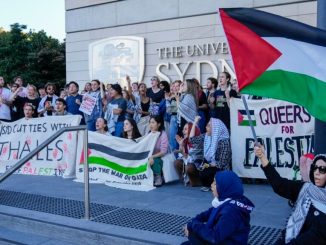
Be the first to comment